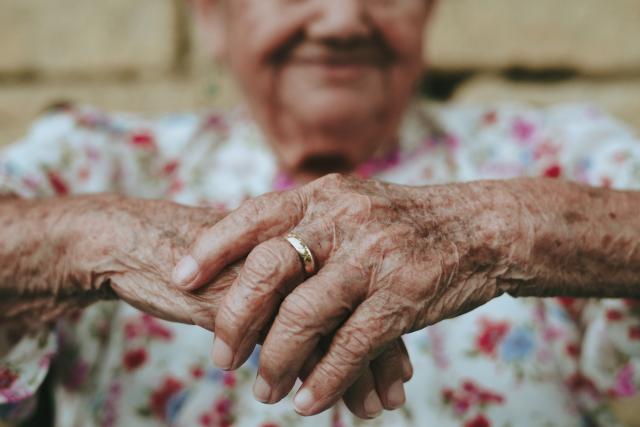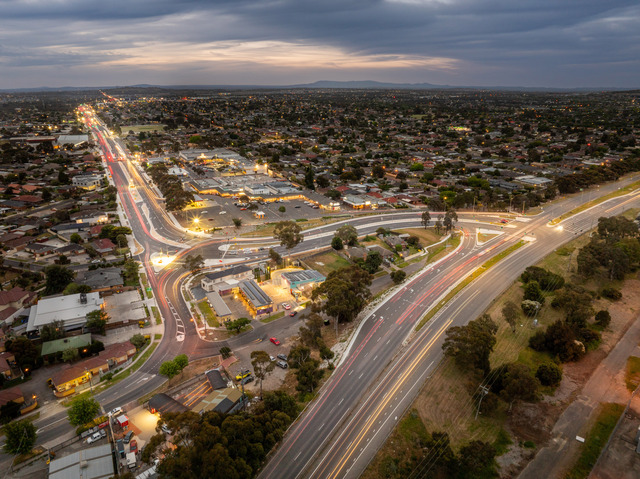On average, Australians are living longer than ever before and to very old ages. However, living to over 110 is still a rare event, which sparks the question How long can Australians live?
A new report from the Australian Institute of Health and Welfare (AIHW) explores trends in Australia’s increasing life expectancy and other measures of longevity such as maximum age of death.
Over the past 5 decades, life expectancy in Australia has increased by 13.7 years for males to 81.3 and by 11.2 years for females to 85.4. It has increased at a rate of 3 months per year since the start of the 20th century.
Centenarian (people aged 100 or older) deaths experienced unprecedented growth from 1 in 1,214 deaths to 1 in 72 deaths between 1964 and 2021.
There were 2 supercentenarian deaths (aged 110 or older) in the decade beginning 1964 and 31 in the decade beginning 2012.
AIHW spokesperson Richard Juckes said while there is no clear answer to the question, “How long can Australians live?’’, we all know that average life expectancy keeps on increasing.
“But what is interesting is that the maximum age people live to isn’t changing nearly as much,” he said.
“These data are key to enhance our understanding of how long Australians are currently living, whether we can expect Australians to continue to live to increasingly older ages and how these trends have changed over time.”
Australia has one of the highest life expectancies in the world at 83.2 years, ranking fifth among 38 other Organisation for Economic Co-operation and Development (OECD) countries. Japan is at the top with 84.7 years, closely followed by Switzerland, Korea and Spain.
“The increased life expectancy in Australia is largely attributed to improved medical knowledge and technology, health care availability such as the widespread accessibility to antibiotics and vaccines, improved living conditions and overall better quality of life,” Mr. Juckes said.
Life expectancy is a theoretical number calculated using mortality rates across age groups. Other ways of measuring life spans include the median age at death or the modal age of death.
The median age at death has increased by 11.5 years for males to 79.6 and by 10.9 years for females to 84.9 over a 55-year period. The most common age at death in the 1960s to mid-1970s was infants. Since then, the majority of deaths have occurred at older ages. In the decade to 2021, the most common age at death was 87 years for males and 91 years for females.
The oldest age at death has shown minimal improvements over time.
“From externally validated records, the oldest living person in Australia was female and believed to have died at age 114 in 2002. In comparison, the oldest living Australian male died at 111 years in 2021,” Mr. Juckes said.
“The oldest living person globally is believed to have died at 122 years in 1997 in France.”
The biological limit to human longevity is out of scope for this report. However, the information in this report is important to enable better assessment of trends in mortality among the very old, and the potential impacts that an ageing population can have on Australia’s society.







